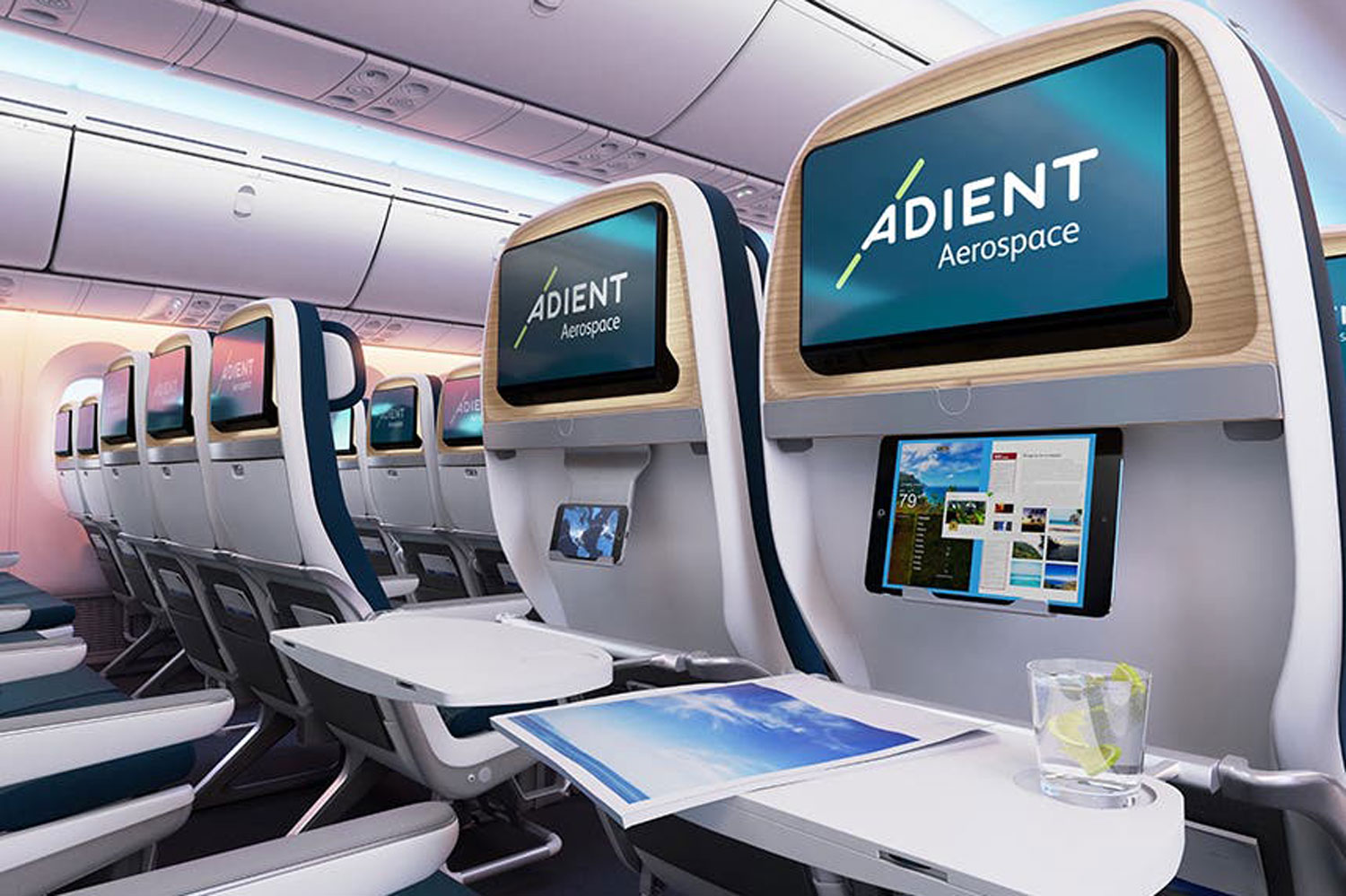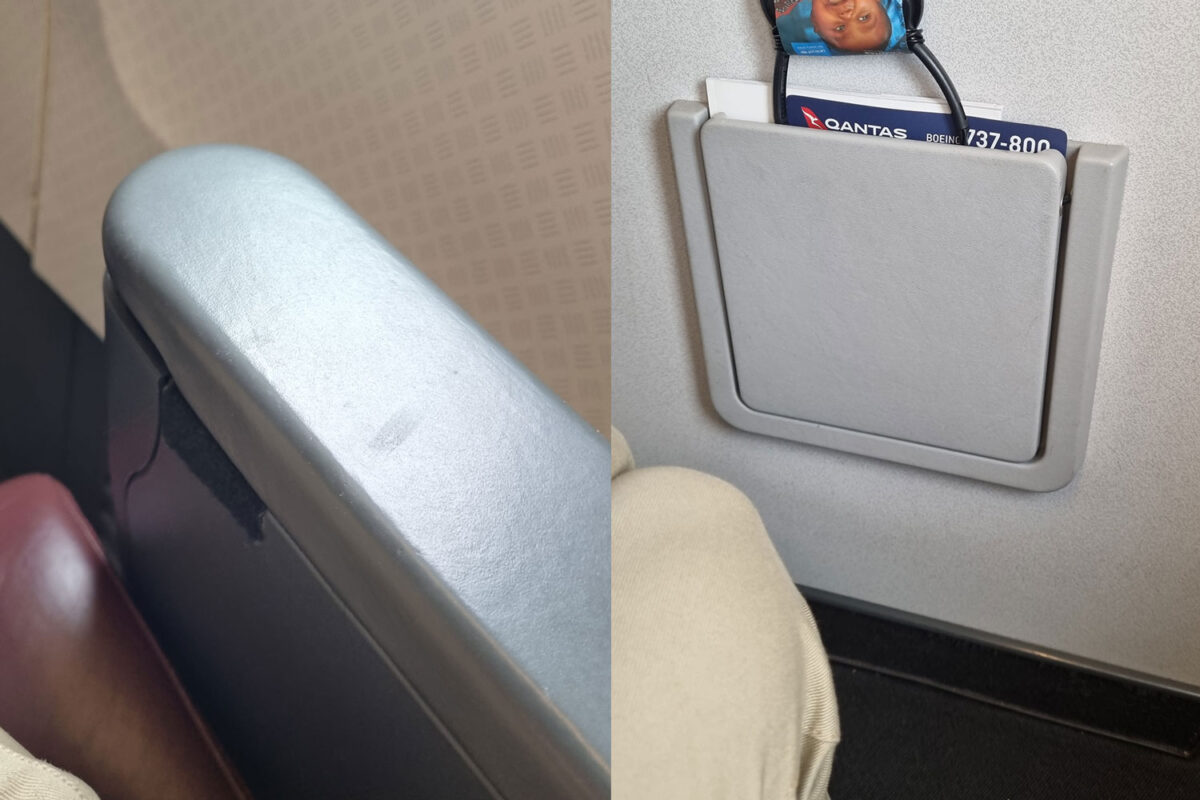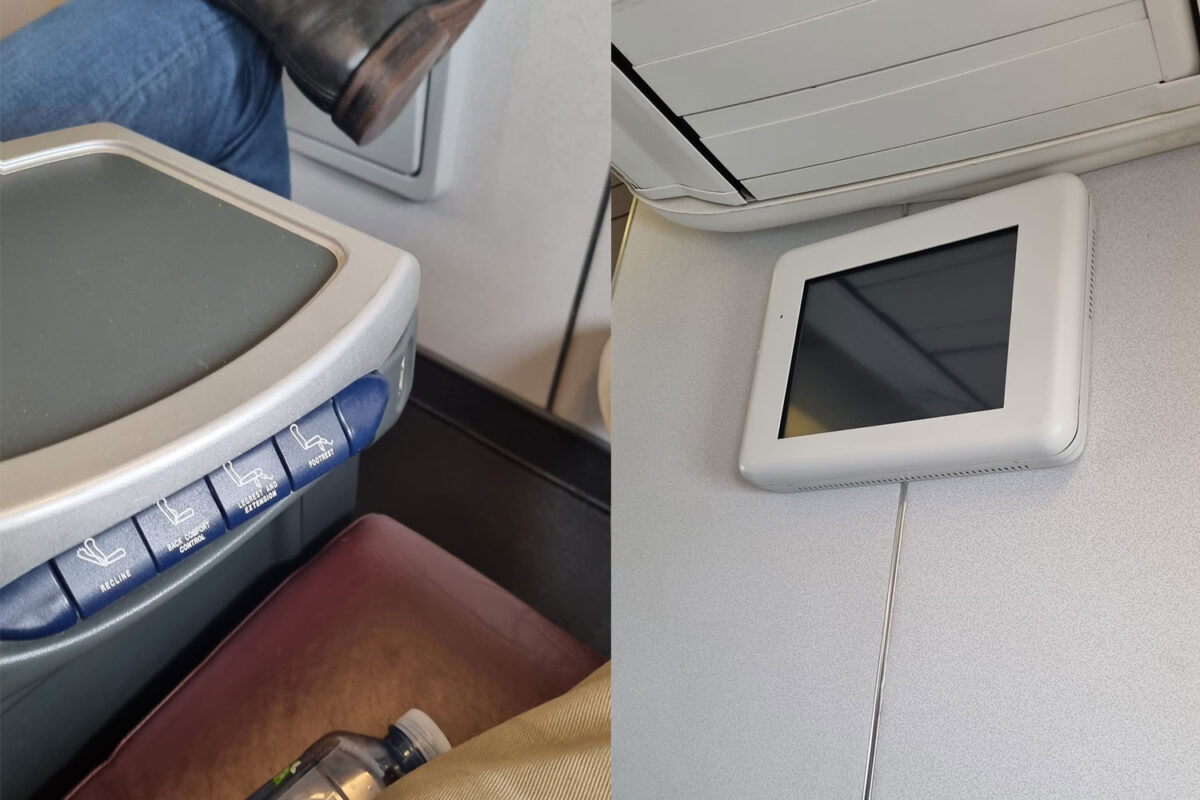
If you’ve ever wondered why there are no sharp edges on aeroplanes; wonder no more. DMARGE has spoken with Anthony Harcup, senior director at design house Teague, to answer that very question.
After a recent flight from Melbourne to Sydney, after quite a few months without flying anywhere, DMARGE took to the skies with new eyes. It might sound simple, but we noticed there were no sharp edges anywhere in the interior of the aircraft we were on (see images below).

Curiosity piqued, we got in touch with an expert. Enter: Mr Harcup.
Mr Harcup told DMARGE that beyond the obvious (“generally speaking hard edges don’t help anyone on an aircraft”) there are various reasons soft edges dominate the interior of most jets.
“Sharp edges hurt elbows, knees, hips…. Or any part of the body that they come into contact with,” Mr Harcup said.
Then there’s safety. There’s actually a process called ‘de-lethalization’ that is a check/balance on a design. According to Mr Harcup, this principle “ensures that when subjected to Murphy’s law, a passenger can’t hurt themselves on any part of the aircraft seat.”
It’s not all about you though. Durability is also a factor. Mr Harcup told DMARGE: “Whether a part is moulded, machined and painted, or covered in laminate, the finish is far more likely to get stress fractures or have the finish wear off at the high-point when manufactured with sharp edges.”
Speaking of manufacturing, Mr Harcup added: “Many customer-facing parts are moulded from plastic – very often vacuum-formed (sucking down a large sheet of warmed plastic over a male mould). These have to have relatively soft edges so that you can eject the part from the tool once the plastic has cooled down.”
Finally, aesthetics is also a big part of the reason there aren’t many sharp edges to be seen inside of planes.
“The OEMs [original equipment manufacturers] take care to create a soft, integrated and inviting aesthetic to the interior – from the [overhead] bins, to the lining panels, to the ceiling panels, to the windows – the interior elements flow from one to another, complimenting the tubular environment and ‘wrapping around’ the customer (like a huge car interior!),” Mr Harcup explained.

Mr Harcup then gave DMARGE an example: “Teague has worked in partnership with Boeing for 75 years designing the interiors of every commercial aircraft to roll out of the hangars. The ‘sky interior’ is great example of this. Hard edges don’t sit well against this back-drop. We worked in partnership with Adient Aerospace seating to develop an economy seat that would echo and enhance the softness in this environment.”
“One stand-out feature is the shape of the headrest – which was designed to echo the shape of the window reveals to create a more cohesive passenger experience. This makes the aircraft feel larger and more inviting.”
Got it? Good. Now all we need is something to stop passengers putting their feet all over the bulkhead (and find a better solution to food distribution than a galley cart) and we’ll be laughing.
Read Next
- Unbundled Business Class Is The Way Of The Future. But Why?
- New Invention Could Change Economy Travel Forever
The post Why There Are No Sharp Edges On Aeroplanes, According To A Designer appeared first on DMARGE.

0 Commentaires